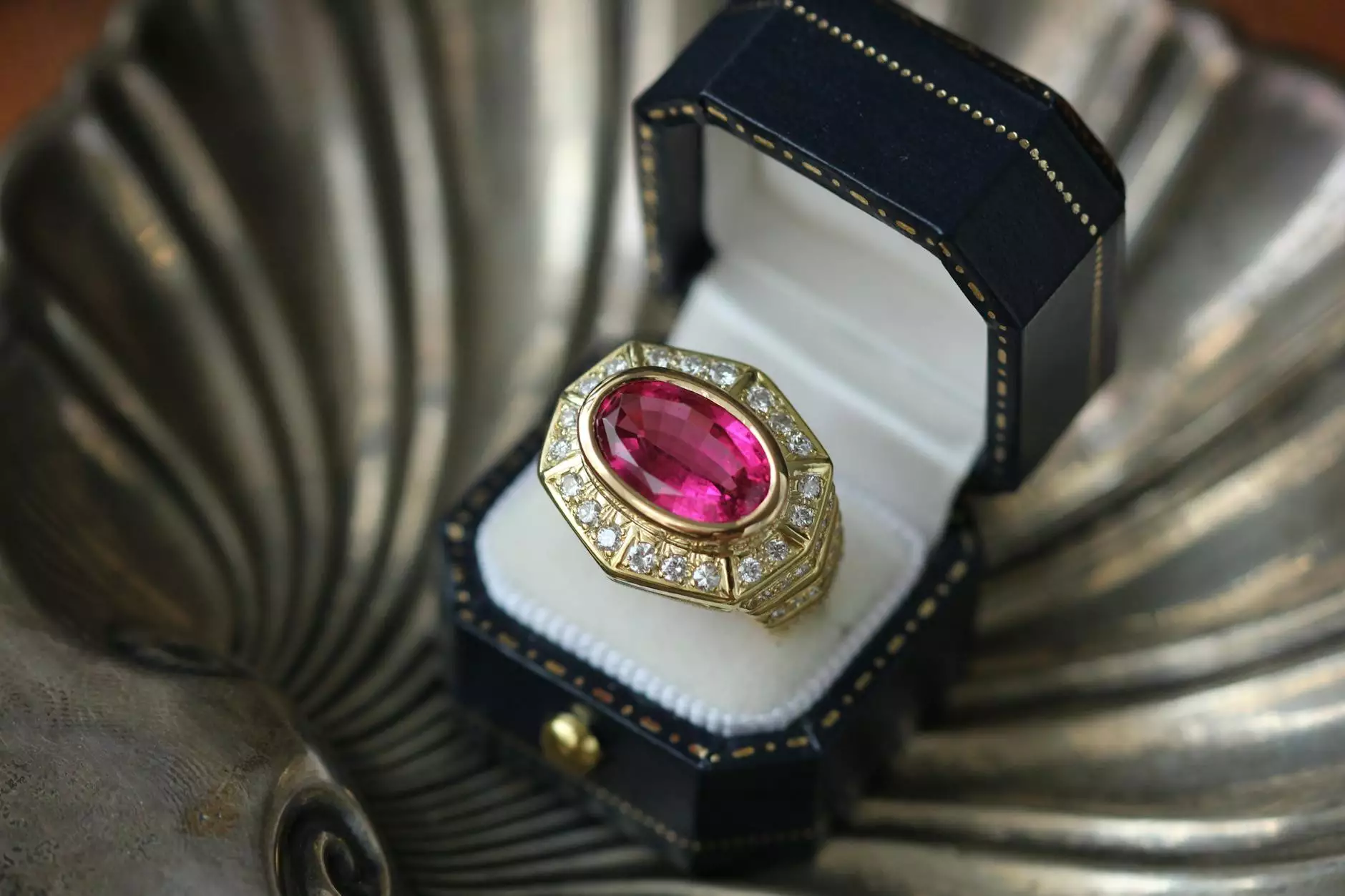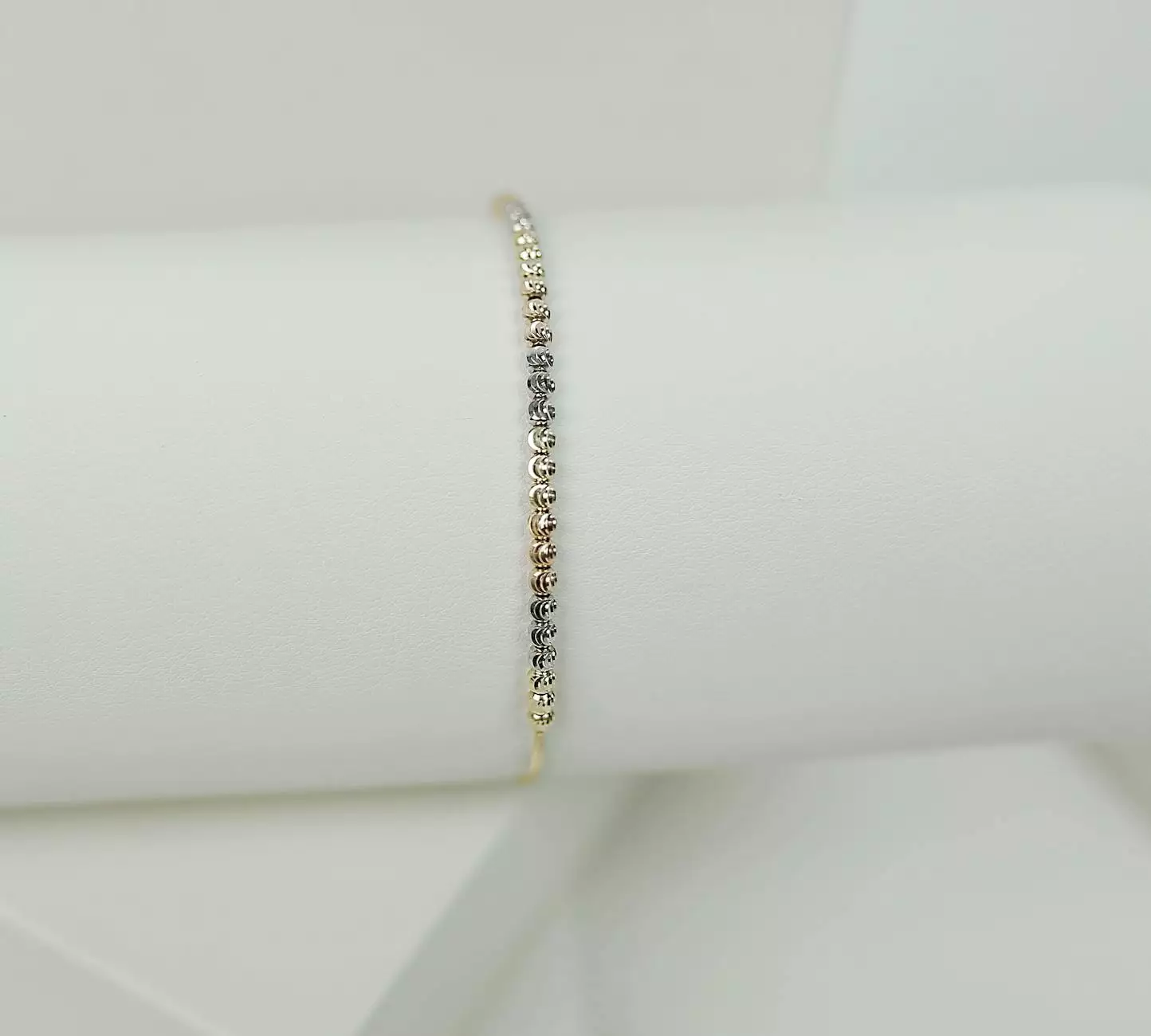Do You Know The Difference Between CVD and HPHT Lab-Grown Diamonds

Introduction
Welcome to Ali Amaro Art Jewelry & Objects, where we provide stunning lab-grown diamonds. In the world of diamond jewelry, two popular processes for creating lab-grown diamonds are Chemical Vapor Deposition (CVD) and High Pressure High Temperature (HPHT) methods. It's important to understand the differences between these techniques and their impact on the quality and characteristics of the diamonds. In this comprehensive guide, we will break down the science behind CVD and HPHT lab-grown diamonds, giving you the knowledge to make an informed decision when choosing the perfect diamond for your jewelry.
Understanding the CVD Process
CVD diamonds are created through a complex process that involves using a carbon-rich gas, such as methane, in a controlled environment. The gas is introduced into a vacuum chamber, where it is ionized into plasma by a source of energy, such as microwaves or lasers. This plasma causes the carbon atoms to separate, allowing them to bond and form diamond structures on a substrate.
What sets CVD diamonds apart is their growth method, which occurs layer by layer. This results in the diamond crystals forming slowly, ensuring high quality and purity. CVD diamonds have a remarkable resemblance to natural diamonds in terms of their chemical composition and physical properties, making them a sought-after choice for jewelry lovers.
The Intricacies of HPHT Diamonds
HPHT diamonds, on the other hand, are created using immense pressure and high temperatures to simulate the conditions deep within the Earth's mantle where natural diamonds are formed. A small diamond seed is placed in a diamond press, along with graphite and a metal catalyst, and subjected to extremely high pressure and temperatures.
This process allows the carbon atoms to bond together, forming a larger diamond crystal. HPHT diamonds undergo rapid crystal growth, emulating the natural growth process but in a controlled and accelerated timeframe. The result is a lab-grown diamond with similar physical and optical properties as natural diamonds, making them an excellent alternative for those who value sustainability.
Quality and Characteristics Comparison
Both CVD and HPHT diamonds possess excellent quality and beauty. However, there are slight differences in their characteristics that may influence your choice.
CVD Diamond Characteristics
- Clarity: CVD diamonds are known for their exceptional clarity, often ranking higher than most naturally occurring diamonds due to their controlled growth process.
- Color: The color of CVD diamonds can vary, ranging from near-colorless to fancy vivid hues. This variety allows for more flexibility in choosing the perfect diamond for your desired jewelry piece.
- Cutting: CVD diamonds can be cut into various shapes, offering a wide range of options to suit individual preferences.
- Size: CVD diamonds are available in a broad range of sizes, making it easier to find the ideal diamond for any jewelry design.
- Price: CVD diamonds are often more competitively priced compared to natural diamonds, providing excellent value without compromising quality.
HPHT Diamond Characteristics
- Clarity: HPHT diamonds also exhibit remarkable clarity, with the pressure and temperature treatments ensuring minimal internal flaws.
- Color: Similar to CVD diamonds, HPHT diamonds can come in various colors, allowing you to select the perfect hue for your jewelry.
- Cutting: HPHT diamonds can be cut into any shape, offering endless possibilities for breathtaking jewelry designs.
- Size: These diamonds are available in a wide range of sizes, enabling you to find the perfect diamond for any setting.
- Price: HPHT diamonds provide an affordable alternative to natural diamonds, allowing you to create stunning jewelry at a more accessible price point.
Benefits of Lab-Grown Diamonds
Lab-grown diamonds, whether CVD or HPHT, offer numerous advantages for jewelry aficionados:
- Eco-Friendly: Lab-grown diamonds have a significantly lower environmental impact compared to mined diamonds, reducing the carbon footprint of your jewelry.
- Conflict-Free: By choosing lab-grown diamonds, you contribute to the ethical production of diamonds, as they are free from the concerns associated with mined diamonds.
- Quality Assurance: Both CVD and HPHT diamonds undergo stringent quality control measures, ensuring consistent excellence.
- Wide Range of Designs: With lab-grown diamonds, you have an extensive selection of sizes, colors, and cuts to create unique and personalized jewelry pieces.
- Value for Money: Lab-grown diamonds often offer better value compared to mined diamonds, allowing you to get a higher quality and larger diamond for your budget.
Final Thoughts
When choosing between CVD and HPHT lab-grown diamonds, it is vital to consider your personal preferences, budget, and design requirements. Ali Amaro Art Jewelry & Objects specializes in offering exquisite lab-grown diamonds, ensuring you find the perfect stone for your unique jewelry piece. With our comprehensive understanding of the differences between CVD and HPHT diamonds, we can guide you in making an informed decision so that you can embrace the beauty and sustainability of lab-grown diamonds.










